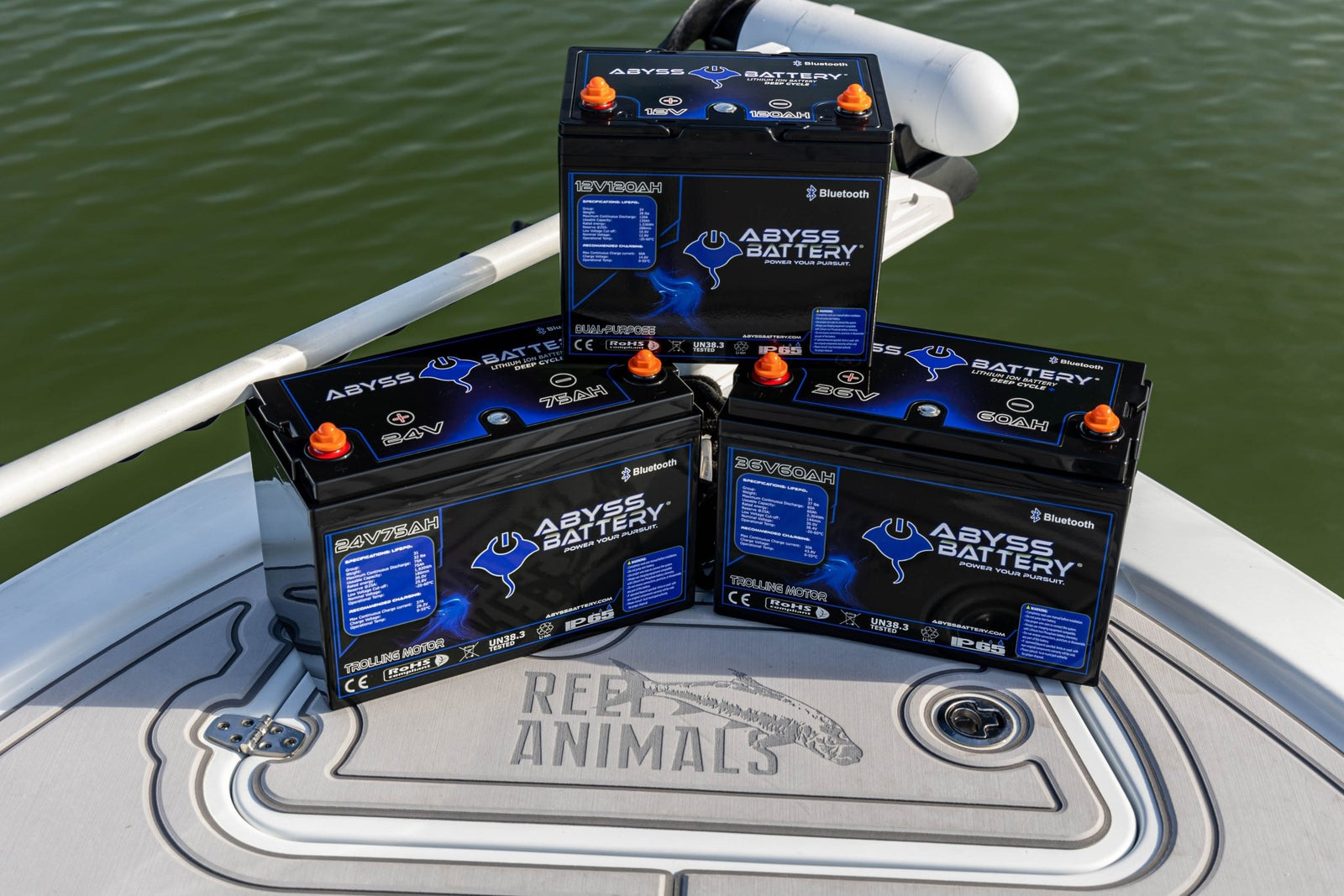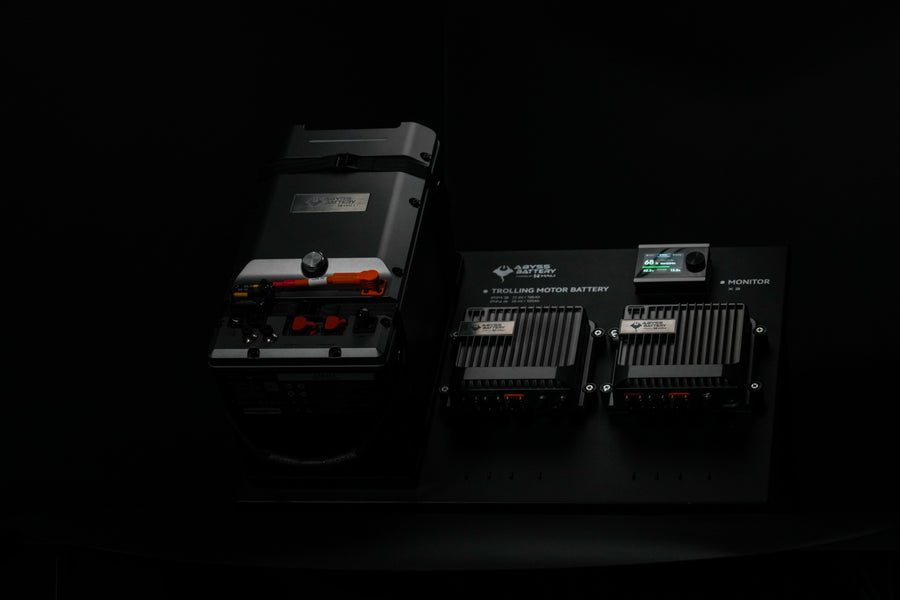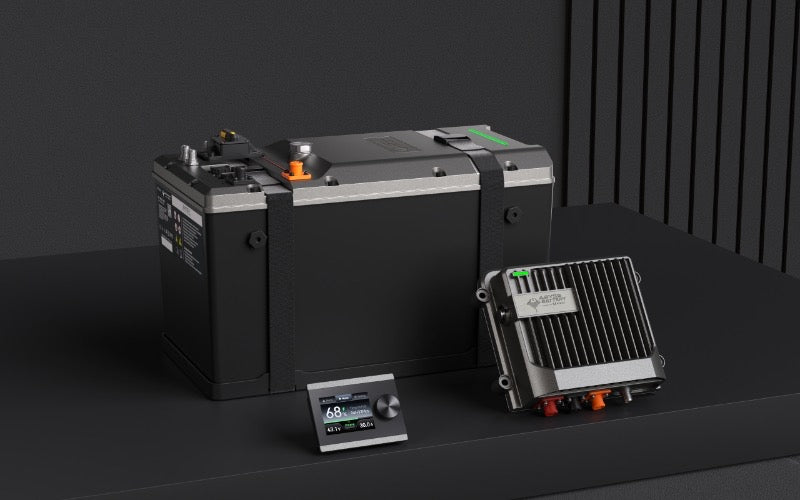Understanding the Chemistry Behind Deep-Cycle Batteries

Battery cells require a chemical reaction to create a charge you can tap into for your energy needs. Every type of battery has unique components that work together to power your devices.
Modern batteries use distinct manufacturing processes to provide the ideal internal environment for maximizing energy usage. Understanding the chemistry behind deep-cycle batteries is essential to ensure yours lasts.
Lead-Acid
Lead-acid batteries have existed for over a century, powering essential devices that industrialized the world. They utilize a lead plate submerged in sulphuric acid to create a chemical reaction and produce power.
Today's cells use a lead alloy to improve mechanical strength and enhance electrical properties. Deep cycling batteries can improve performance by using elements such as alimony and tin. The biggest problem with lead-acid batteries is their limited cycle life and bulky size.
Lithium-Ion
Lithium-ion batteries are relatively new and have quickly become a standard for powering electronics and other devices. Lithium-ion batteries move lithium ions between the anode and cathode, creating a charge.
When lithium-ion cells charge or discharge, the ions can flow from positive to negative electrodes. This results in an incredibly efficient battery with a long life and hundreds of charging cycles. This reliability makes them perfect for people who need a 24-volt trolling motor battery.
Gel-Cell
The first gel-cell batteries were invented in the mid-20th century for deep-cycle marine applications. We also use them for electronic equipment and recreational vehicles. Now, they are entering the electric vehicle market due to their benefits over lead-acid cells.
Gel-cell batteries contain silica gel in addition to the electrolyte solution, resulting in a cell that resists vibrations. The gel forces the electrolyte to fill the tiny spaces between the positive and negative terminals, making it harder to spill and more durable in harsh conditions.
Absorbed Glass Mat
Absorbed glass mat (AGM) batteries were invented a few decades ago for military aeronautics. Today, they're common in extreme sports where the cell's durability is essential. While they operate on the same chemical principle as lead-acid batteries, a fiberglass mat keeps the electrolytes in place.
Like gel-cell batteries, AGMs are spill-resistant and hold up under harsh conditions. They're better equipped to handle discharging for long periods, making them perfect for marine applications. The downside is that absorbed glass mat batteries are expensive and prone to overcharging.
Find the Marine Battery that Suits Your Needs
You can choose from many types of deep-cycle batteries with unique strengths and weaknesses. Understanding the chemistry behind deep-cycle batteries will save you time and money for your power needs.





Leave a comment